Table of content
- Selection: Choose Wisely
- Cleaning: To Wash or Not to Wash?
- Drying: Eliminating Excess Moisture
- Optimal Conditions:
- Step-by-Step Refrigeration Guide:
- Ideal Root Cellar Conditions:
- Step-by-Step Root Cellaring Guide:
- Kimchi: A Spicy Korean Staple
- Sauerkraut: The Classic European Method
- Step-by-Step Freezing Guide:
- Methods:
- Storage:
- Quick Refrigerator Pickles:
Introduction
Napa cabbage, with its crisp, tender leaves and mild flavor, is a staple in kitchens worldwide. Whether used in salads, stir-fries, or fermented dishes like kimchi, its versatility makes it a beloved ingredient. However, preserving its freshness and texture beyond a few days can be challenging. Improper storage leads to wilting, spoilage, or a bitter taste, diminishing its culinary value. This guide delves into the science and practicality of storing Napa cabbage, offering actionable techniques to extend its shelf life while retaining nutrients and flavor. From refrigeration to fermentation, we explore methods suited for every household, ensuring your cabbage remains as crisp as the day you bought it.

Understanding Napa Cabbage: Structure and Spoilage Factors
Before diving into storage methods, it’s essential to grasp why Napa cabbage deteriorates. Unlike its round, dense European counterparts, Napa cabbage has an oblong shape with loosely packed, delicate leaves. This structure makes it more susceptible to moisture loss and microbial growth. The leaves’ high water content (about 95%) accelerates spoilage if not managed properly.
Key Spoilage Agents:
- Ethylene Gas: Produced by some fruits and vegetables, this compound accelerates ripening and decay.
- Moisture: Excess humidity encourages mold and bacterial growth.
- Temperature Fluctuations: Warmth speeds up metabolic processes, while freezing damages cell walls.
- Physical Damage: Bruised or torn leaves provide entry points for pathogens.
Pre-Storage Preparation: The Foundation of Longevity
Proper preparation before storage is non-negotiable. A few minutes of care can double or even triple your cabbage’s lifespan.
Selection: Choose Wisely
- Firmness: Gently squeeze the head; it should feel dense and heavy for its size.
- Leaf Integrity: Avoid cabbages with brown spots, yellowing leaves, or a slimy texture.
- Stem Health: The base should be white or light green, not brown or dried out.
Cleaning: To Wash or Not to Wash?
- Avoid Pre-Washing: Moisture accelerates spoilage. Instead, brush off dirt with a dry cloth or soft brush.
- Trimming: Remove outer leaves if they’re damaged, but retain the outermost layer—it acts as a protective shield.
Drying: Eliminating Excess Moisture
If you must wash (e.g., if the cabbage is visibly dirty), pat it dry thoroughly with paper towels or a salad spinner. Ensure no water remains trapped between leaves.
Refrigeration: The Go-To Method for Short-Term Storage
Refrigeration is ideal for cabbage you plan to use within 1–2 weeks. However, improper fridge storage can lead to premature wilting.
Optimal Conditions:
- Temperature: 32–36°F (0–2°C)
- Humidity: 95% (use the crisper drawer if available)
Step-by-Step Refrigeration Guide:
-
Wrap It Right:
- Option 1: Wrap the cabbage loosely in a damp paper towel, then place it in a perforated plastic bag. The towel maintains humidity, while holes prevent condensation.
- Option 2: Use a breathable produce bag (e.g., those made of cotton or mesh). Avoid airtight containers, which trap ethylene.
-
Placement:
- Store in the crisper drawer, away from ethylene-producing fruits like apples and bananas.
- Avoid stacking heavy items on top, which can bruise the leaves.
-
Monitoring:
Check weekly for signs of spoilage. Remove any wilted or slimy leaves immediately to prevent contamination.
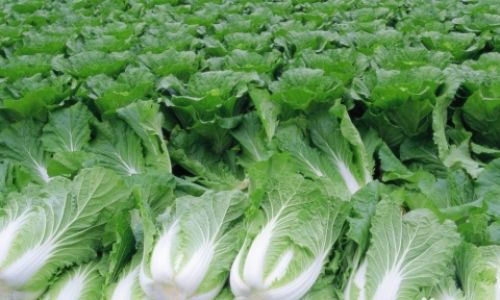
Root Cellaring: A Low-Tech Solution for Long-Term Preservation
For those with access to cool, dark spaces (e.g., basements, garages, or purpose-built root cellars), this method can keep cabbage fresh for 3–6 months.
Ideal Root Cellar Conditions:
- Temperature: 32–40°F (0–4°C)
- Humidity: 90–95%
- Ventilation: Airflow prevents mold but avoids drafts.
Step-by-Step Root Cellaring Guide:
-
Preparation:
- Dig a trench 12–18 inches deep if storing outdoors (for gardeners). Line it with straw or sand.
- For indoor cellars, use wooden crates or buckets.
-
Layering:
Place cabbages head-first in the trench or crate, alternating layers with sand, sawdust, or straw. This insulation regulates humidity and temperature.
-
Covering:
Top with a thick layer of straw, followed by a tarp or wooden board to shield from light and frost.
-
Maintenance:
Check monthly for rot. Remove affected heads immediately.
Fermentation: Transforming Cabbage into Kimchi and Sauerkraut
Fermentation not only preserves cabbage but also enhances its nutritional profile with probiotics. This method is ideal for those seeking a tangy, shelf-stable product.
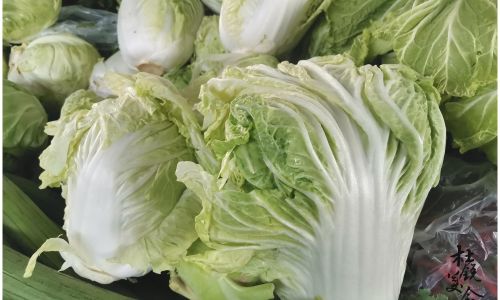
Kimchi: A Spicy Korean Staple
-
Ingredients:
- 1 Napa cabbage
- 3–4 tbsp sea salt
- 1 tbsp ginger (grated)
- 4 garlic cloves (minced)
- 2–5 tbsp gochugaru (Korean chili flakes)
- 1 tbsp sugar (optional)
-
Process:
- Quarter the cabbage and salt each layer. Let sit for 2 hours to release moisture.
- Rinse and drain. Mix with ginger, garlic, gochugaru, and sugar.
- Pack into airtight jars, pressing down to submerge the cabbage in brine.
- Ferment at room temperature (65–75°F/18–24°C) for 1–5 days, then refrigerate.
Sauerkraut: The Classic European Method
-
Ingredients:
- 1 Napa cabbage
- 5 tbsp sea salt
- 1 tsp caraway seeds (optional)
-
Process:
- Shred the cabbage and massage with salt until juicy.
- Pack into a jar, leaving 2 inches of headspace.
- Weigh down with a fermentation weight or a small jar filled with water.
- Ferment for 3–6 weeks, burping the jar daily to release gas.
Freezing: The Ultimate Solution for Off-Season Use
Freezing cabbage halts enzymatic activity, preserving it for 8–12 months. However, texture changes make it best suited for cooked dishes.
Step-by-Step Freezing Guide:
-
Blanching:
- Chop cabbage into desired sizes (shreds, wedges, or leaves).
- Blanch in boiling water for 1.5 minutes, then plunge into ice water.
-
Drying:
Pat dry with towels to remove excess moisture.
-
Packaging:
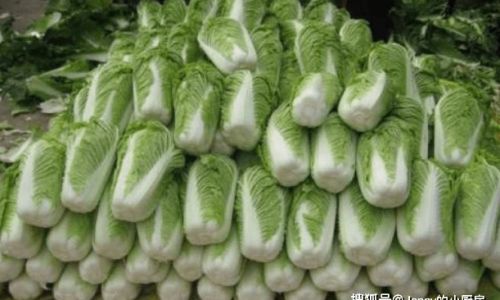
- Portion into freezer-safe bags, removing as much air as possible.
- Label with the date and contents.
-
Usage:
Thaw in the fridge overnight before using in soups, stews, or stir-fries.
Dehydration: Lightweight and Long-Lasting
Dehydrated cabbage retains nutrients and is perfect for backpacking or emergency rations.
Methods:
- Oven: Spread shredded cabbage on baking sheets. Dry at 135°F (57°C) for 6–8 hours.
- Dehydrator: Use manufacturer settings (typically 125°F/52°C) for 8–10 hours.
Storage:
- Store in airtight jars in a cool, dark place. Rehydrate before use.
Pickling: Quick Preservation for Crisp Results
Pickling in vinegar brine offers a tangy flavor and 3–4 months of shelf life.
Quick Refrigerator Pickles:
-
Brine:
- 1 cup vinegar (apple cider or white)
- 1 cup water
- 1 tbsp sugar
- 1 tbsp salt
- Spices (peppercorns, mustard seeds, dill)
-
Process:
- Pack cabbage wedges into jars.
- Pour hot brine over, seal, and refrigerate. Ready in 24–48 hours.
Troubleshooting Common Issues
- Wilting: Caused by low humidity. Revive by trimming ends and placing in a bowl of ice water for 30 minutes.
- Mold: Remove affected leaves and increase ventilation. If mold penetrates deeply, discard.
- Bitter Taste: Overmaturity or exposure to ethylene. Use affected cabbage in cooked dishes.
Conclusion: Tailoring Methods to Your Needs
The best storage method depends on your timeline, resources, and culinary goals. Refrigeration suits quick use, while root cellaring and fermentation cater to long-term preservation. Experiment to find what works for you—after all, a well-stored cabbage is a testament to patience and care. By mastering these techniques, you’ll ensure that this humble vegetable remains a kitchen staple, crisp and vibrant, long after harvest.
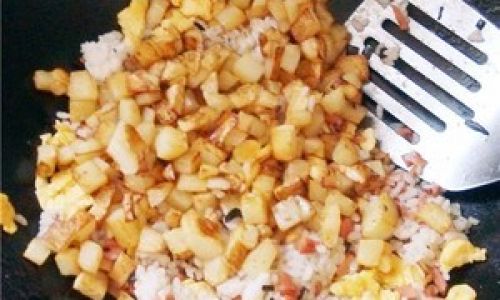

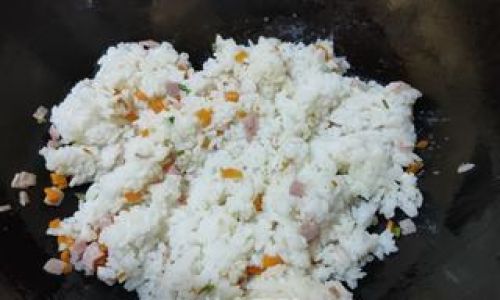
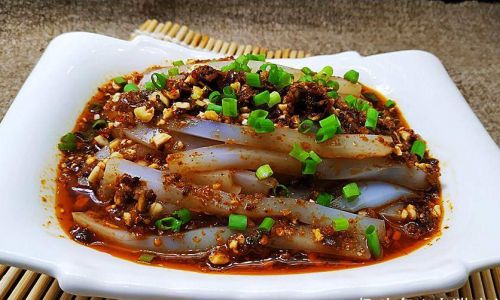
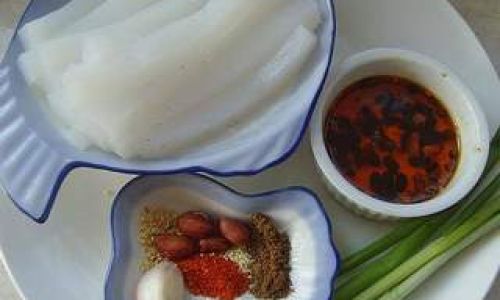

0 comments